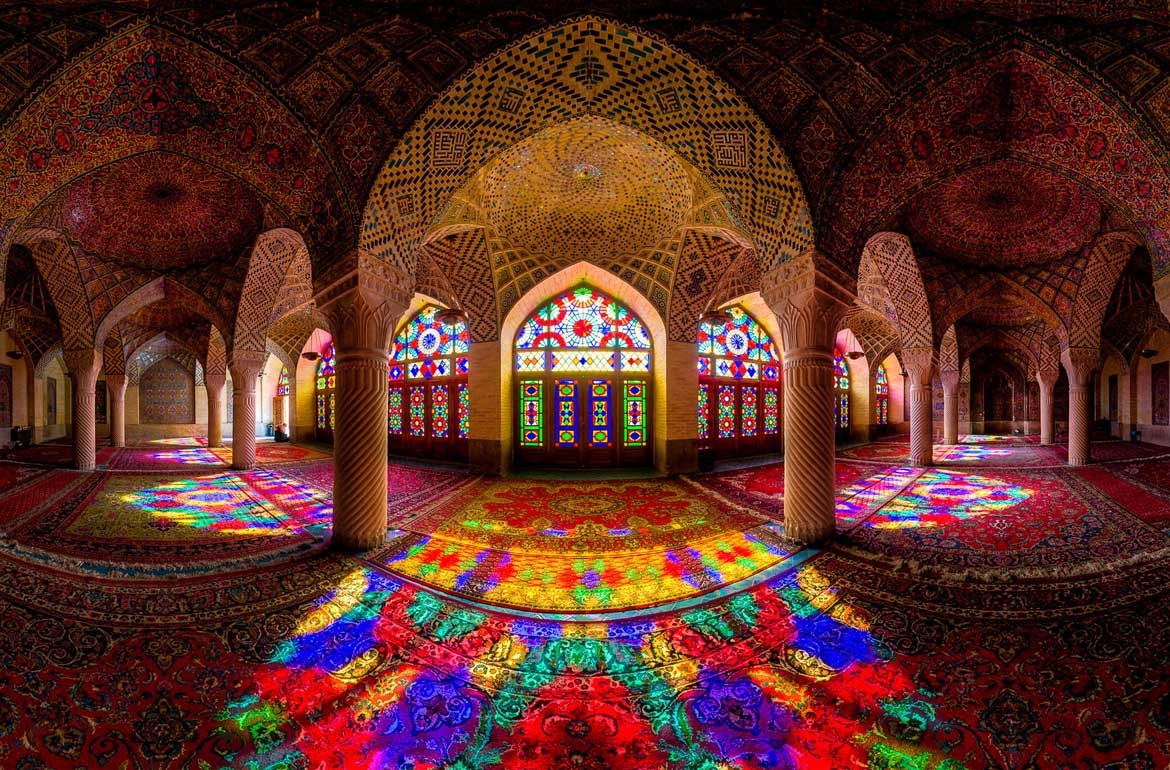Iran during
 ran is home to one of the world`s oldest continuous major civilizations, with historical and urban settlements, known as Elamites. With the migration of Aryans to Iran Elamites gradually faded and lost influence.
ran is home to one of the world`s oldest continuous major civilizations, with historical and urban settlements, known as Elamites. With the migration of Aryans to Iran Elamites gradually faded and lost influence.
Some of the most famous historical sites of this period include: Shahre-e Sukhte, Graffiti in the cave of Douchet, Lorestan, ChoghaZanbil ziggurat site.
Ancient Persia
 This period which represents the age of the Persian empires are as follows:
This period which represents the age of the Persian empires are as follows:
• Achaemenid Empire (550–330 BC)
• Seleucid Empire (312–63 BC)
• Parthian Empire (247 BC–224 AD, also called the "Arsacid Empire"
• Sasanian Empire (224–651), also called the "Neo-Persian Empire"
Some historical sites which belong to this period are as follows: Persepolis, Pasargad, Zahhak castle, the city of Susa, Ecbatana.
The most Influential pioneers of this era include: Cyrus the great, Cambyses, Dariush l, Xerexes l, Artaxerexes l, Xerexes ll, Ardashir l, zoroaster etc.
Cyrus the Great, notable for embracing various civilizations became the largest emperor of the ancient history that spanned at its maximum extent from the Balkans and Eastern Europe in the west, to the Indus Valley in the east. He is equally notable for his successful model of a centralized, bureaucratic administration, a government working for the benefit of its subjects, for building infrastructures such as postal system and road systems, the use of an official language across its territories, a large professional army and civil services (inspiring similar systems in later empires), and for emancipation of slaves including the Jewish exiles in Babylon.
Islamic conquest of Persia
 The Islamization of Iran was to yield deep transformations within the cultural, scientific, and political structure of Iran’s society: The blossoming of Persian literature, philosophy, medicine and art became major elements of the newly forming Muslim civilization. Inheriting a heritage of thousands of years of civilization, and being at the "crossroads of the major cultural highways", contributed to Persia emerging as what culminated into the "Islamic Golden Age". During this period, hundreds of scholars and scientists vastly contributed to technology, science and medicine, later influencing the rise of European science during the Renaissance.
The Islamization of Iran was to yield deep transformations within the cultural, scientific, and political structure of Iran’s society: The blossoming of Persian literature, philosophy, medicine and art became major elements of the newly forming Muslim civilization. Inheriting a heritage of thousands of years of civilization, and being at the "crossroads of the major cultural highways", contributed to Persia emerging as what culminated into the "Islamic Golden Age". During this period, hundreds of scholars and scientists vastly contributed to technology, science and medicine, later influencing the rise of European science during the Renaissance.
The most important scholars of almost all of the Islamic sects and schools of thought were Persian or lived in Iran, including the most notable and reliable Hadith collectors of Shia and Sunni like Shaikh Saduq, Shaikh Kulainy, Hakim al-Nishaburi, Imam Muslim and Imam Bukhari, the greatest theologians of Shia and Sunni like Shaykh Tusi, Imam Ghazali, Imam Fakhr al-Razi and Al-Zamakhshari, the greatest physicians, astronomers, logicians, mathematicians, metaphysicians, philosophers and scientists like Avicenna, and Nasīr al-Dīn al-Tūsī, the greatest Shaykh of Sufism like Rumi, Abdul-Qadir Gilani.
Muslim Dynasties of Iran
• Rashidun Caliphate: Umar (634–644), Usman (644–656), Ali (656–661)
• Umayyad Caliphate, 661–750
• Abbasid Caliphate, 750–1258
• Timurid dynasty, 1370–1506
• Turcomans: Kara Koyunlu (1375–1468) and Ak Koyunlu (1378–1508)
• Safavid dynasty, 1502–1736
• Afsharid dynasty, 1736–1796
• Zand dynasty, 1750–1794
• Qajar dynasty, 1794–1925
• Pahlavi dynasty, 1925–1979
• Islamic Republic of Iran 1979.
Modern Iran
 Modernization found its way to Iran with the reforms of Amir Kabir (1807 - 10 January 1852), who served as the Prime Minister of Iran under Naser al-Din Shah. His most immediate success was the vaccination of Iranians against smallpox, saving the lives of many thousands if not millions. Some of his most important works include he foundation of the Darolfonun, as the first educational institution giving instruction in modern learning and printing the newspaper Vaqayeʿ-ye Ettefaqiyeh, the first public newspaper in Iran.
Modernization found its way to Iran with the reforms of Amir Kabir (1807 - 10 January 1852), who served as the Prime Minister of Iran under Naser al-Din Shah. His most immediate success was the vaccination of Iranians against smallpox, saving the lives of many thousands if not millions. Some of his most important works include he foundation of the Darolfonun, as the first educational institution giving instruction in modern learning and printing the newspaper Vaqayeʿ-ye Ettefaqiyeh, the first public newspaper in Iran.
Between 1872 and 1905, a series of protests took place in response to the sale of concessions to foreigners by Nasser od Din and Mozaffar od Din shahs of Qajar, and led to the Iranian Constitutional Revolution. The first Iranian Constitution and the first national parliament of Iran were founded in 1906.
Iran during
